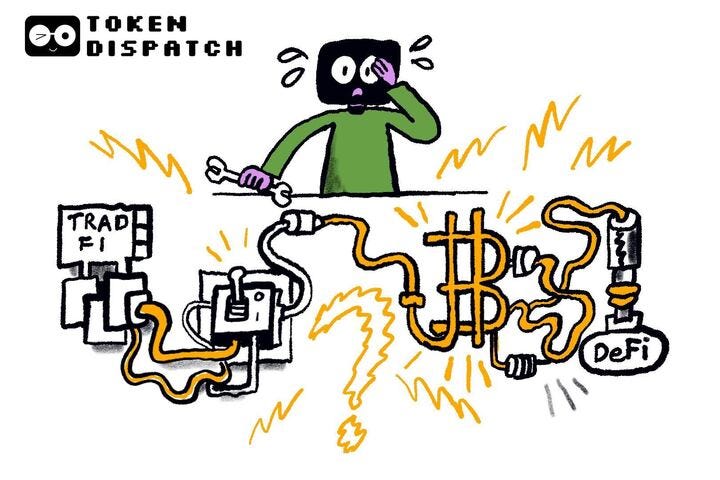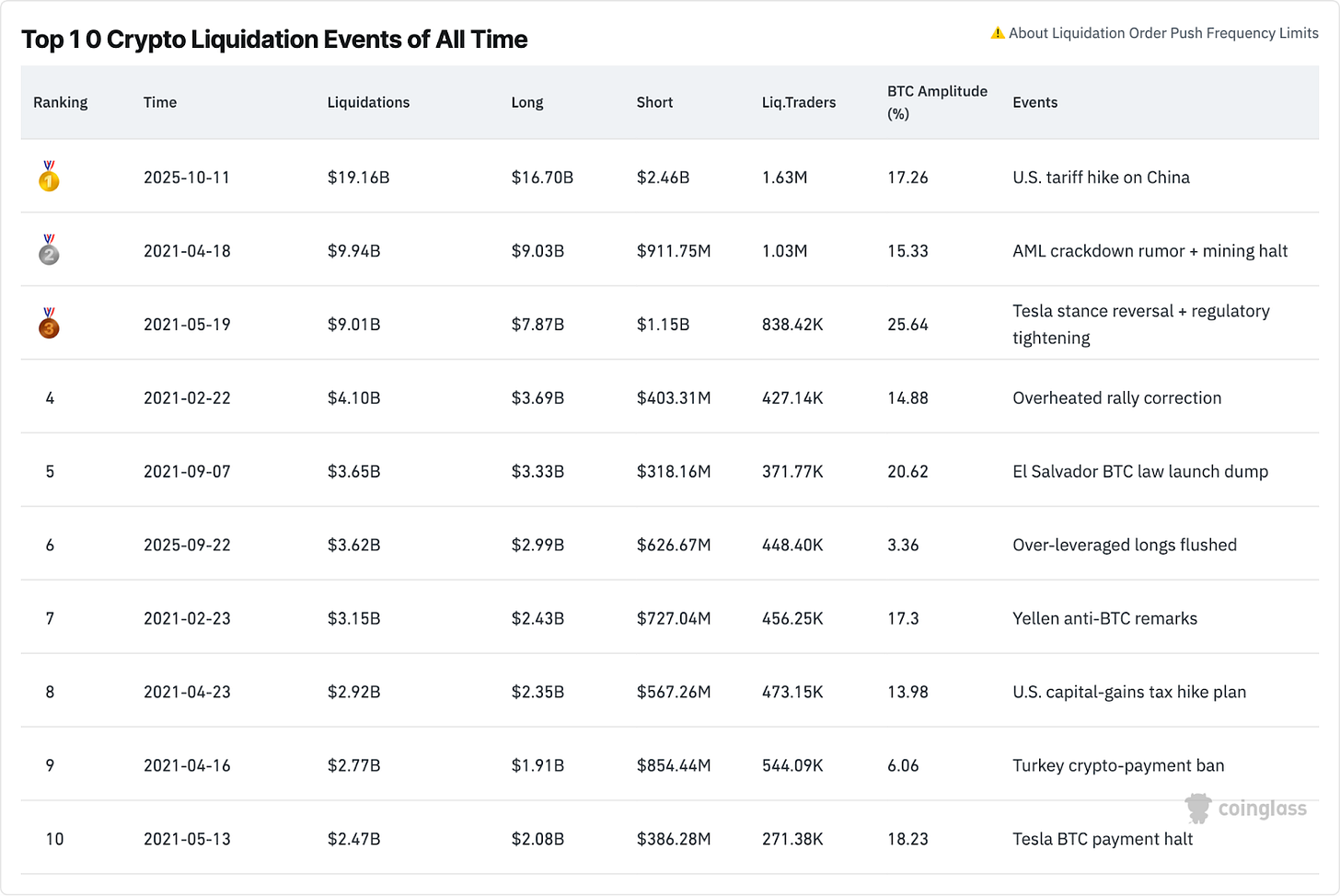Hello
The screens went blank before anyone realised what had happened. It was Monday, the 19th of October, 1987. The Dow Jones had just fallen by more than 22% in a single day. Phones went silent, traders froze mid-sentence and over a fifth of the market capitalisation was wiped out.
In a market still learning what “program trading” meant, machines kept selling even after humans had stopped. By the time the closing bell rang, $500 billion in value had vanished in the US alone. Across the world, the wipe-out totalled $1.7 trillion. Its inflation-adjusted value today would be over $4.7 trillion, more than Germany’s current GDP, the world’s third-largest economy.
That day gave birth to ‘circuit breaker’, a pause button, which helped not just fix prices but also buy time and slow things down. It was a mechanical solution to a human problem that few knew how to solve - ‘panic’. Philosophically, the circuit breakers taught a lesson that sometimes the only way to survive chaos was to stop and take a breather.
Almost four decades later, I found myself staring at a smaller screen amid a different kind of silence. A Friday evening, a half-finished bowl of snacks and a random episode of The Big Bang Theory paused mid-scene. Multiple notifications in a couple of hours: BTC down 3%… 7%… 10%. By the fifteenth minute, the chart looked like it was in a free fall. It came after US President Donald Trump had announced a fresh set of trade tariffs against China.
That night, instead of watching one of the zillion movies I had promised myself I’d watch, I witnessed $19 billion being wiped out in real time. It became the worst liquidation event the crypto world had ever seen. Bitcoin slipped from $122,000 to nearly $105,000. Many altcoins faced much worse.
Traders in New York, Seoul, London and Mumbai were all doing the same kind of math, albeit at different time zones. The blockchain doesn’t sleep, so neither did all those traders.
Back in 1987, they built a switch to slow the panic. In 2025, we have a market that can’t switch off.
That’s what I have been wondering lately: can a market that was built never to stop, ever justify a stop button?
On to the story now,
Prathik
Polymarket: Where Your Predictions Carry Weight
Bet on the future by trading shares in outcomes, elections, sports, markets, you name it. Polymarket turns collective wisdom into real-time probabilities.
Now merged with X, predictions integrated with live social insights from Grok & X posts.
Think you know what’s coming next? Prove it.
👉 Explore Polymarket
Circuit breakers were born from the idea that markets, like people, need breathers. The Black Monday of 1987 brought a cascade of fixes: thresholds, bands and 15-minute pauses. Later, after the 2010 Flash Crash, regulators added Limit Up/Limit Down rules that stopped individual stocks from spinning out of rage. In March 2020, when COVID-19 panic gripped Wall Street, it triggered these rules four times in ten days and arguably stopped a stampede from turning into a run on the system.
Each of these fixes relied on the same architecture: one exchange, one rulebook and one clock. In the world of crypto, we don’t have a single clock, let alone a single exchange. There’s no opening or closing bell. If someone wanted to pull the plug, they would be lost just finding where the plug even is.
While the tariff threat sparked the fire, the wood was the overheated long positions that had been piling up over the past few weeks. Within just hours, open interest fell by almost a third.
In total, at least $19 billion was liquidated in forced sales, mostly long positions. In equities, this situation would have triggered at least two halts and a reopening auction. In crypto, it triggered only panic among investors and traders who knew there was no ‘limit down’ option to rescue them. They all just watched on as the crypto world’s worst liquidation event unfolded, while the code kept doing what it was written to do.
Each historical crash brought the same instinct from the trader community: someone should do something to prevent these from recurring. It’s only rational to expect that. Circuit breakers calmed traders, reduced vicious feedback loops, gave institutions the comfort of rules, and bought all those involved some time to respond rather than react.
So, when market maker Wintermute’s CEO, Evgeny Gaevoy, advocated for circuit breakers in crypto, we understand where he is coming from. The bigger dilemma here is who exactly gets to flip the kill switch.
A circuit breaker in crypto will be both a technical nightmare and a philosophical trespass.
Firstly, consider an instance in which centralised exchanges (CEXs) such as Coinbase and Binance implement circuit breakers to prevent extreme liquidation events. While hundreds of thousands of users on CEXs will be blocked out, thousands more on decentralised exchanges (DEXs) will still continue to be liquidated.
Secondly, on the promise of decentralisation, wasn’t the whole point of the inception of crypto markets so that no one person or authority could unilaterally decide when you trade, stake or exit? Wouldn’t adding circuit breakers defeat the purpose of crypto by bringing permission in what were supposed to be permissionless markets? Traditional market operations are centralised, so coordinating a break is trivial. How do you coordinate among CEXs that are geographically spread across the globe, let alone the DEXs that keep working with every block that gets produced?
What is the way out then? Does this mean we must stay unprotected in a storm? I don’t see an easy answer, but stronger protections, not permissions, could be part of the solution.
Crypto markets already run on some forms of protection. There is the mark-price liquidation logic that avoids triggering margin calls from a single drop below the margin levels. Then there is the dynamic margining and auto-deleveraging, which bleed leverage gradually rather than in cliffs. Another is the auction-style spread, which thickens liquidity when volatility spikes.
These measures act as checks and not necessarily pauses. They also honour the decentralised ethos, as they depend on adapting algorithms rather than intervening authorities.
DeFi has evolved and witnessed some unique forms of protection. The proposed ERC-7265 “circuit breaker” standard automatically slows withdrawals when outflows breach thresholds. It equips lending protocols with emergency modes that freeze specific markets without freezing the entire system. I would argue they are still not perfect in honouring the decentralisation ethos, but they prove the point that safety can be coded without surrendering absolute control.
We saw what happened each time someone tried to flip the switch in crypto.
BitMEX’s “maintenance outage” in March 2020 served as an accidental circuit breaker, likely preventing Bitcoin from dipping below $3,500. But it also reminded everyone in the crypto market that a single exchange could halt what was once the world’s largest crypto derivatives market.
Solana’s multiple validator-coordinated restarts stopped the contagion but dented its decentralisation narrative, which still haunts the chain.
Every pause in crypto works in the moment but backfires afterwards. That’s because in crypto, the first question on the minds of the stakeholders is “Who gave you that right?”
How, then, do we resist the urge to resort to the old reflex over prioritising the new ethos in a crisis?
Conventional markets evolved to protect investors from one another, while crypto was conceived as an antidote to many of the problems that plagued conventional markets. The urge to halt stems from the former and is probably well-meaning. The trade-offs of borderless, permissionless markets are too tempting to resist. But it’s the fragility of absolute freedom that drives this debate.
The middle path may not necessarily be about pausing the code altogether, but about inserting a slowing mechanism via dynamic collateral ratios, rolling auctions, and cross-venue etiquette.
Hasty solutions, such as partial halts on CEXs, will only introduce new risks. Pause one exchange, and the other could keep trading. You can’t synchronise a decentralised market to the whims and whips of a few.
Back in 1987, the event led to circuit breakers that eventually saved the markets from collapsing countless times in the future. The crypto industry’s pitch deck was to build markets that survived these collapses. The challenge would be to devise a way to do so without taking the conventional market route.
That’s all for this week. I will see you in the next one.
Until then … stay curious,
Prathik
Token Dispatch is a daily crypto newsletter handpicked and crafted with love by human bots. If you want to reach out to 200,000+ subscriber community of the Token Dispatch, you can explore the partnership opportunities with us 🙌
📩 Fill out this form to submit your details and book a meeting with us directly.
Disclaimer: This newsletter contains analysis and opinions of the author. Content is for informational purposes only, not financial advice. Trading crypto involves substantial risk - your capital is at risk. Do your own research.







